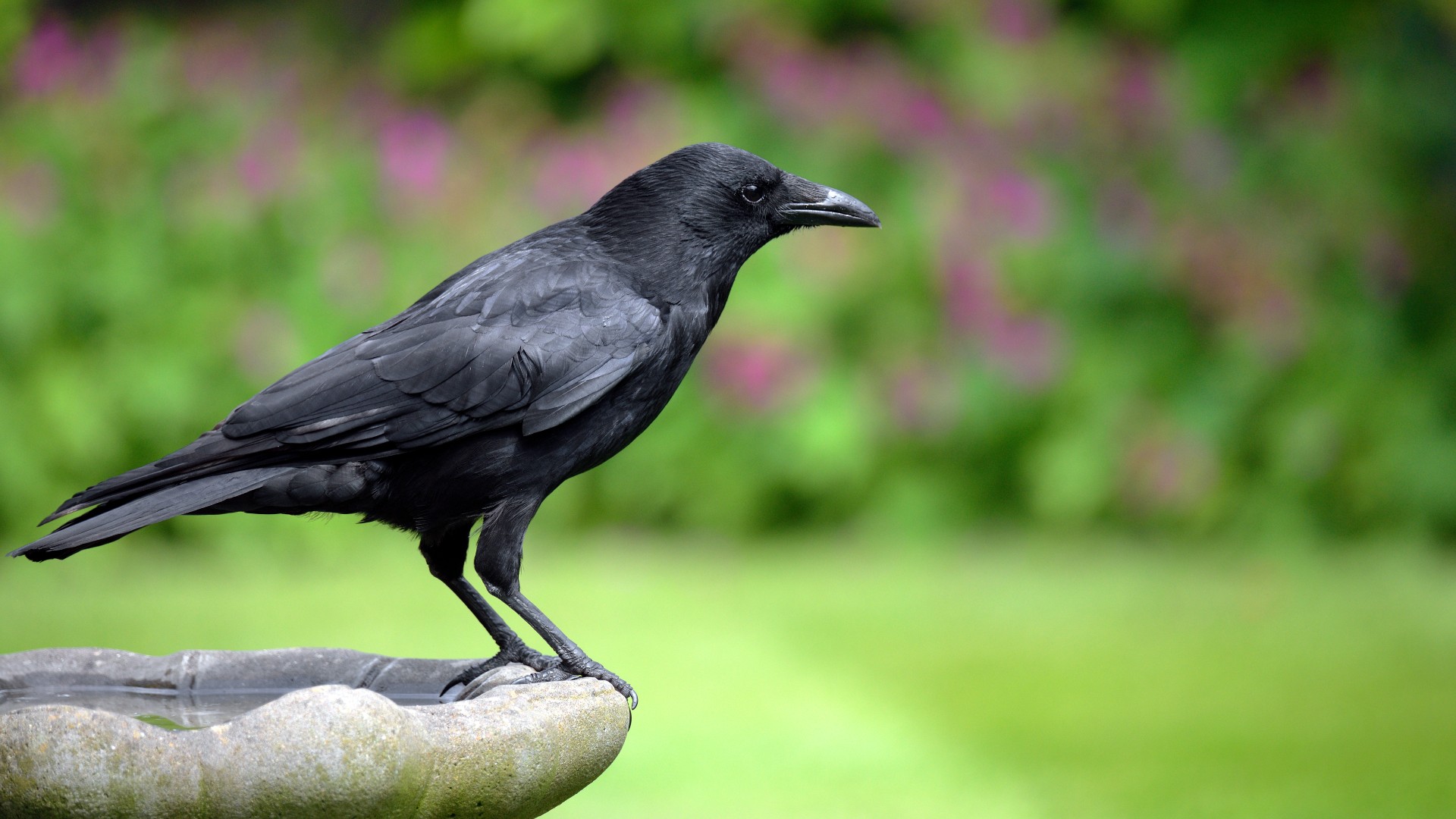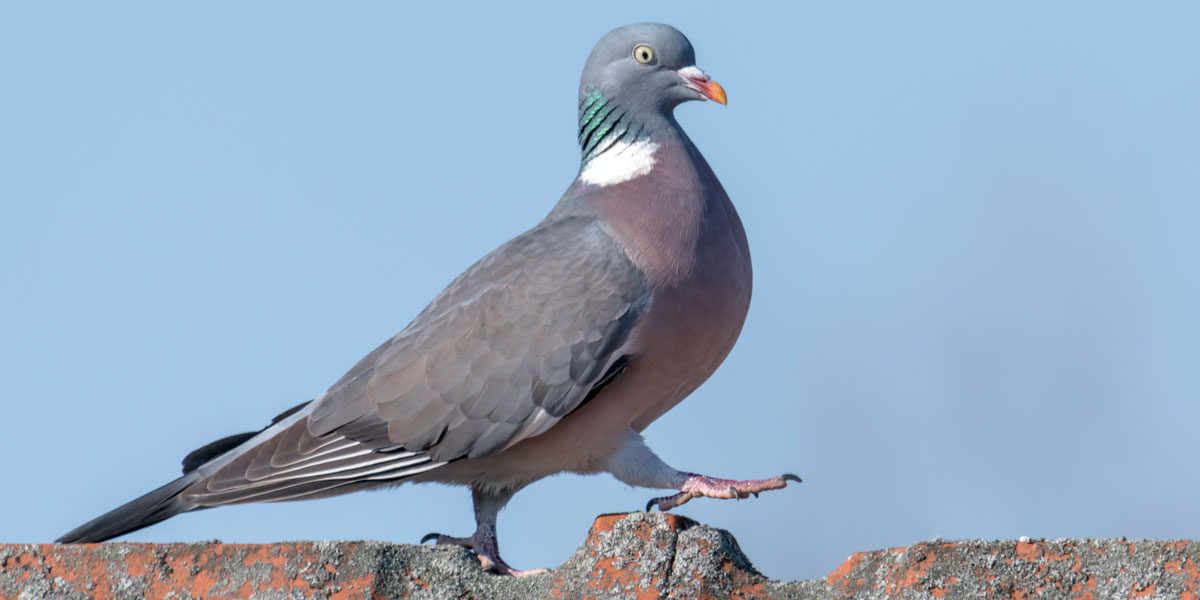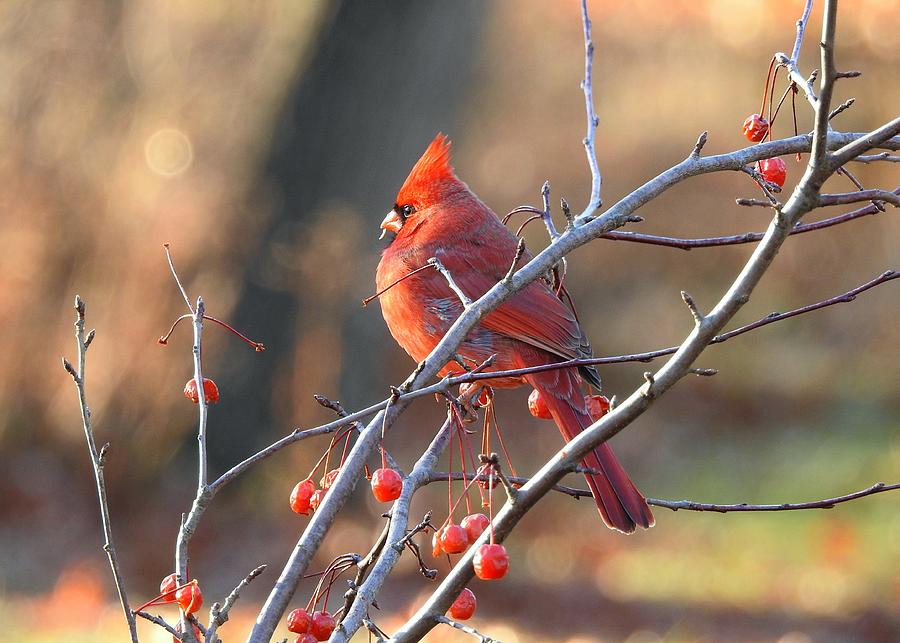Before the use of modern communication devices like phones and computers, people sent physical hand-written messages. And sometimes, when it wasn’t feasible for humans to deliver communications, birds were used to transport essential relays.
Throughout history, birds have been used to carry messages from one person to the next. In this article, we will discover all types of messenger birds, including their roles and history.
You are reading: Discover 3 Types Of Messenger Birds
Messenger birds have an innate homing ability that allows them to find their way home no matter where they are.

Discover 3 Types Of Messenger Birds
Pigeons
Pigeons are the most common and widely used messenger bird. They are the only species used as a messenger bird. Pigeon post is the use of homing pigeons to carry messages.
Pigeons are effective as messengers due to their natural homing abilities. The pigeons are transported to a destination in cages, where they are attached with messages, then the pigeon naturally flies back to its home where the recipient could read the message. They have been used in many places around the world.
Pigeons have also been used to great effect in military situations, and are in this case referred to as war pigeons. Homing pigeons are derived from the wild rock dove and selectively bred. People used domesticated pigeons for sending regular post or during times of war.
Read more : Can Birds Eat Porridge Oats?
These birds existed to deliver mail until modern communication emerged.
Ravens and crows

Ravens and crows are also used as messenger birds. They are trainable and intelligent birds. However, unlike homing pigeons, ravens and crows do not have an innate homing ability that allows them to find their way back home.
Ravens and crows are great communicators, emitting different sounds with different meanings and mimicking other noises and animal sounds.
While they are undoubtedly intelligent, they do not have much motivation to be helping humans with their correspondence. Therefore, it would be challenging to train them to carry messages back and forth. Ravens and crows are not as commonly used as messenger birds as homing pigeons.
Wood pigeons

Wood pigeons are a species of pigeon that can be used as messenger birds. They are also known as common wood pigeons and are the largest and most common pigeon species in Europe. They are diurnal birds that spend their days perching, feeding, and flying.
Their flight is quick, performed by regular beats, with an occasional sharp flick of the wings, characteristic of pigeons in general. They usually take off with a loud clattering.
Read more : Do Birds Eat Maggots?
Wood pigeons are gregarious, often forming very large flocks outside the breeding season. They inhabit deciduous or coniferous woodlands, shrubland, and cultivated areas. They are also commonly seen in parks, gardens, towns, and cities.
Wood pigeons are herbivores, and most of their diet consists of round and fleshy leaves from vegetables taken from open fields or gardens and lawns. They also favor young shoots and seedlings, grain, pine nuts, and certain fruits and berries.
In the autumn, they also eat figs and acorns, and in winter buds of trees and bushes.
FAQS
1. What is a messenger bird?
A messenger bird is a bird that is trained to carry messages from one place to another. People have used messenger birds for thousands of years to deliver messages when it wasn’t feasible for humans to deliver communications.
2. What types of birds are used as messenger birds?
The most common and widely used messenger bird is the homing pigeon. Ravens, crows, and wood pigeons are also used as messenger birds, but they are not as commonly used as homing pigeons.
3. How do messenger birds know where to go?
Messenger birds have an innate homing ability that allows them to find their way home no matter where they are. There has been much debate through the decades about how birds, like homing pigeons, can find their way back. Some believe they have iron particles in their beaks, which allow them to detect the earth’s magnetic fields. While others theorize olfactory navigation could play a role. For now, there is no definitive answer as to how messenger birds know where to go.
4. What is the history of messenger birds?
People have used messenger birds in most parts of the world for thousands of years, with the most recent usage in the early 2000s in parts of India. People would bring cages of birds with them to their destination and attach a note to the bird before releasing it in the wild. The bird would find its way back home, and the people on the receiving end would take the message from the bird. Messenger birds have been used in military situations, and are in this case referred to as war pigeons.
5. How were messenger birds trained?
Homing pigeons were trained to fly back and forth between two points, carrying messages to and fro. The birds were fed in one place, and then released to fly home, thus delivering the message and skipping over traffic, natural disasters, dishonesty, and human error. Ravens and crows are trainable and intelligent birds, but they do not have much motivation to be helping humans with their correspondence.
Source: https://petstutorial.com
Category: Birds










